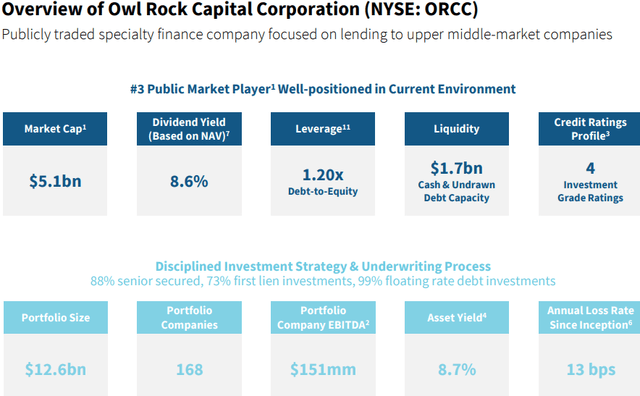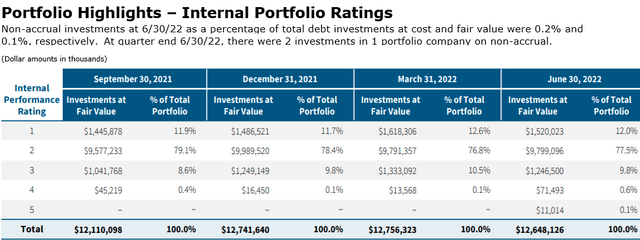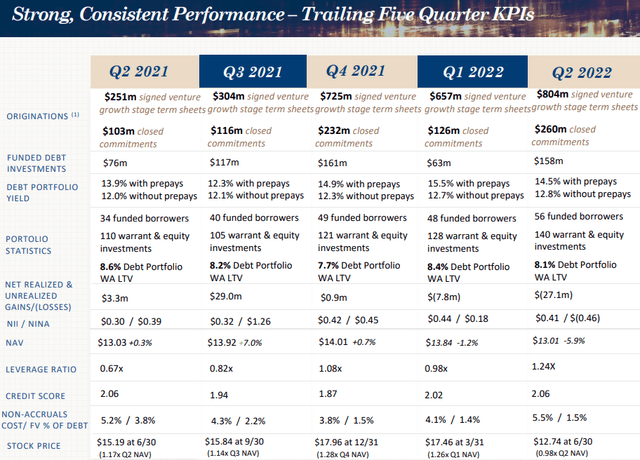photoschmidt
Co-produced with Treading Softly
The FIRE movement (Financially Independent Retire Early) has always been one that I have observed with great interest. I find it encouraging and inspiring to see people putting their financial future and health into the forefront of their planning and see them being highly motivated to reach their goals.
I also find it curious how many of them save, invest, reinvest, and keep plugging away – all while failing to eventually reach the high yield sector. Sure, they invest in REITs, or even CEFs and ETFs but they remain in the “low yield” or shallow end of the pool.
This leaves a lot of potential on the table.
I read some of their blogs, or watch their YouTube videos and the reason quickly becomes apparent. They are not savvy investors by nature or trade. Many of them are exceptionally skilled, talented, and hard-working individuals who know investing is the most surefire way to develop and grow their wealth but have not spent the time to find out that income investing can readily turbo-charge their methodology.
FIRE followers can often be fearful when they reach the “retirement” stage of the process due to their reliance on very low yields to generate their necessary income. We’ve seen time and again that “low yield” does not guarantee that a dividend cut will not occur. During the Great Financial Crisis, over half of the famed Dividend Aristocrats disappeared from the list due to dividend suspensions, cuts, or failures to raise.
So today, I want to highlight two high-yield income generators that also have a high possibility of dividend growth on the horizon. Investments like these make your FIRE burn that much brighter and keep it going for longer.
Let’s dive in.
Pick #1: ORCC – Yield 9.2%
Owl Rock Capital Corporation (ORCC) rocked out earnings with a net investment income of $0.32/share, covering its $0.31 dividend. There are even brighter days ahead as management reported in the earnings call. Here is the money line, and the reason why BDCs have been so strong throughout earnings:
The second quarter ended with three months LIBOR at 2.3% which meaningfully increase the base rate for those borrowers. Holding all else equal, had our base rates as of June 30 been in effect for the entirety of the second quarter, we estimate NII would have increased $0.02 per share, to a total of $0.34 per share in Q2. Additionally, borrowers will continue to reset their interest rate elections throughout the third quarter which will continue to benefit the yield on our portfolio and be accretive to NII.
We know that since June 30th, interest rates have continued to go up. The Fed remains intent on hiking rates even more, so we can expect them to continue to rise.
Rising interest rates are fantastic for the BDC business model since the majority of their loans are floating-rate.
For the past year, ORCC has worked on leveraging up. Intermittently failing to cover the dividend and relying on prepayments and other one-time fees rather than interest. For the past two quarters, ORCC has managed to cover the dividend with recurring interest income. Here is a look at the breakdown of ORCC’s income. (Source: ORCC Quarterly Presentation)
Note that “other fees” and “other income” have been very low in the past two quarters. Yet ORCC covered its dividend in Q1, covered it by more in Q2, and will cover it with ease as interest rates continue to rise. In short, we can now see a path to an eventual dividend hike as recurring interest income continues to climb. That’s something we couldn’t see with confidence even a quarter ago.
If we are comparing to other BDCs, ORCC is most comparable to a young Ares Capital (ARCC). It is the third largest publicly traded BDC, and it uses that scale to invest in “upper middle market” companies. ORCC’s average borrower has an EBITDA of $151 million/year.
With a $12.6 billion portfolio, ORCC aims to have only 2-3% in any single company.
The portfolio’s credit quality remains high, with only one company in non-accrual status accounting for only 0.1% of the portfolio.
ORCC is becoming a stronger BDC by the day. Its earnings are climbing, its ability to cover the dividend is improving, and it is doing this without taking huge risks.
As shareholders, we can buy ORCC at a discount to book value. Get a great yield right now, and we will likely see a dividend hike by year-end or early next year. Here is what management said about the dividend:
I think that obviously, everything’s on the table to just look to increase the base dividend, or we could go to some more special dividends based on increases. This is going to be so situation specific at the time slightly. It’s hard to really, totally speculate. Right now everyone appropriately is sort of envisioning this rate environment and this rate environment staying here for the foreseeable future and it’s quite possible by the end of the year. There is a different view on the rate environment.
So I can promise that the board is very engaged and we want to continue to deliver great returns for shareholders. And if we’re comfortable that the earnings will continue to be good we would look seriously about ways to share that with the shareholders. So I hope that answers your question.
You can’t book a dividend hike until it is actually hiked, but I love when my 9%+ yielders are discussing dividend hikes! Who says you have to choose between high yield and dividend growth?
Pick #2: TPVG – Yield 10.7%
When a company I hold issues equity, my knee-jerk reaction is to buy. The reason is simple – companies issue equity to grow. In the case of “RICs” (regulated investment companies) like REITs, BDCs, and CEFs, equity issuances are their primary lever for expansion. RICs are required to distribute the majority of their taxable income in order to maintain their tax status. This means they can’t be greedy like tech companies and just withhold all the money by investing in “growth” projects that might or might not create value, without even checking in with shareholders.
I was watching a new TV show “Me Or The Menu” that follows couples who own a new start-up restaurant together. In one scene, the operator of the restaurant is sitting down with investors and telling them that they won’t be getting a distribution this year. The operator decided to reinvest all of the profits into building out a new dining area in the basement. Mind you, the investors were about 1.5 years in and hadn’t seen a penny. Maybe the investors were nice because they were being recorded on TV. Me? I’d have gone through the roof. Pay me my distribution, and then come tell me about your great expansion plans and I’ll decide if I want to pony up more cash. Don’t spend it and tell me after the fact!
RICs pay out above-average dividends, distributing cash to shareholders as they earn it. If they want to expand, they need to go back to the shareholders and raise new capital. The company can’t just hoard the capital and do whatever it wants. I get my dividend, and then I decide if I want more of the company. Since I still own shares, that is usually a very good indication that I want more of the company, so more often than not, I invest.
TriplePoint Venture Growth (TPVG) is the latest holding in my portfolio to do a secondary offering. Raising capital to pay off the revolver and invest in new opportunities. The best part is that TPVG did it right after earnings, allowing me the luxury of seeing how it is performing right now before hitting up the market for more capital.
TPVG’s earnings were what I’ve come to expect from them. $0.41/share in net investment income, well outearning their $0.36 dividend. TPVG has $0.46/share in “spillover” income, which is undistributed taxable income that will eventually need to be distributed to shareholders.
TPVG continues its strong performance with strong demand for borrowing, just like management said last quarter. TPVG closed on $260 million in deals and signed term sheets for $804 million during the quarter. (Source: TPVG Investor Presentation)
Notably, TPVG’s yield on debt before prepayments has climbed from $12% to 12.8% over the past year. Compare 2022 to 2021: TPVG has a larger portfolio, is receiving a higher yield, has more originations (future growth), has NII of $0.41 vs. $0.30, NAV is $13.01 vs. $13.03, but its share price is lower!
TPVG is firing on all cylinders, making more money today and positioning itself to make even more in the future. So when TPVG comes knocking at the door and asking for more capital, I’m ecstatic to buy more shares. I also appreciate investing in a company that has the decency to ask instead of just keeping cash and never distributing it to me.
Dreamstime
Conclusion
With ORCC and TPVG, we get strongly covered dividends from top-notch BDCs. Both companies are firing on all cylinders and providing valuable dividend dollars into my coffers.
If you are trying to follow the FIRE movement, I support your focus and dedication. Top quality income picks will help your invested dollars compound and grow rapidly. They also help you know more clearly how much income you are passively generating. This makes an easy litmus test for knowing if you’re approaching the goal, overshot the goal, or still have a way to reach it.
For those of us who are not FIRE followers, retirement income demands are still ever-present. We need income when in retirement and need a plan for it when we are saving for retirement. Investing in companies like ORCC and TPVG makes exceptionally good sense.
This way we all have the money we need when we need it most. That’s the beauty of income investing and the focus of our Income Method.






Be the first to comment